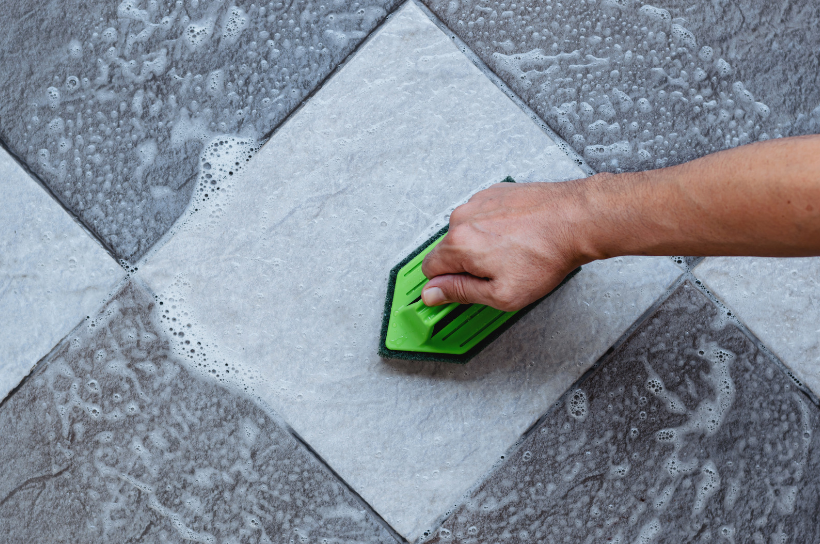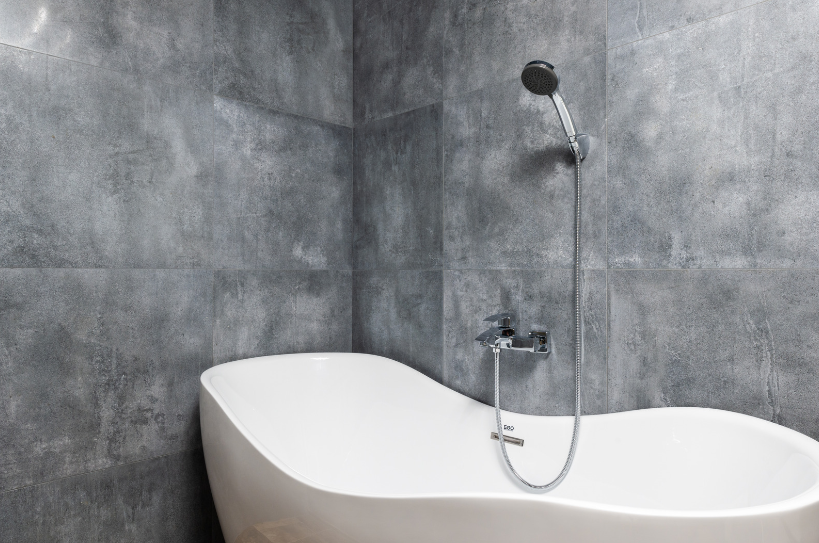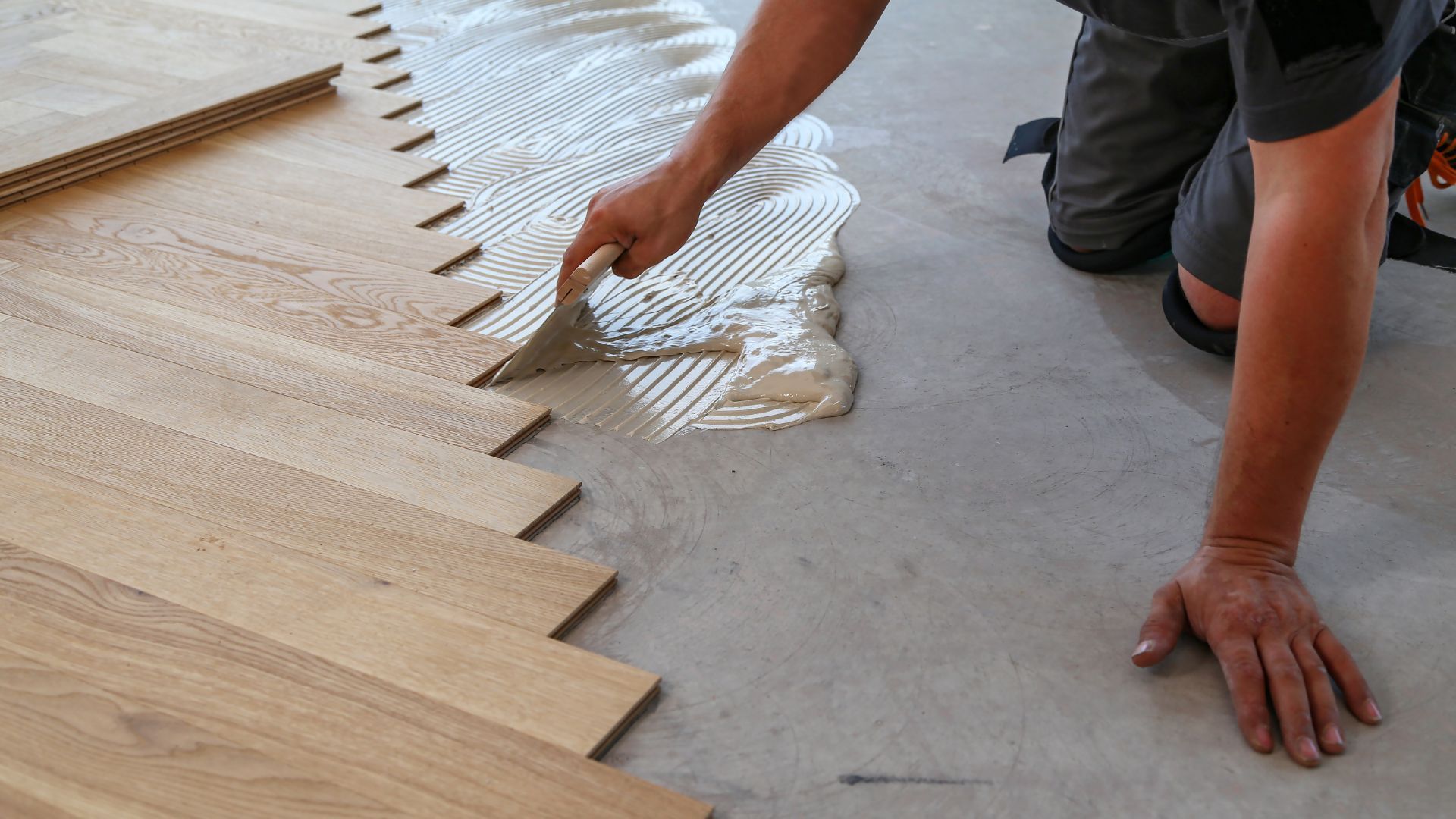Can I use Pallet Wood for Rustic Flooring?
Rustic design styles began not as a trend but as a necessity - rural settlers could not import construction materials and had to use whatever was available to build their homes. While the accessibility of modern construction materials has greatly improved over the last couple centuries, the appeal of rustic interior design remains unchanged.
Today, achieving a rustic style generally involves using imperfect materials to create one-of-a-kind furniture, fixtures, flooring, and more. Handcrafted designs make the style even more authentic! Wood is the primary material used in rustic designs due to its natural imperfections and versatility.
Based on the definition and history of rustic design, yes! Pallet wood is an ideal material for rustic wood flooring. Not only is it full of natural imperfections, it is also a project that you can do yourself with a little know-how. Before you start tearing out your old floor and collecting pallets, however, there are a few things to keep in mind.
Not all pallets are suitable for flooring
Pallets are used to transport all types of goods - including toxic chemicals and raw meat. These items can leave harmful stains or bacteria in the pallet, so it is best to avoid such pallets. You also don’t want pallets that have been stored in damp conditions - while they may have dried on the outside, there could be
mold and mildew growing inside them.
Try to choose pallets that have either a local country stamp or no national identifier at all - no identifier means they were manufactured and used in only one country. You should avoid any pallet stamped with “MB” - this indicates that the pallet was treated with methyl bromide, which is very toxic.
You are going to need a lot of (suitable) pallets
If you are buying pallets to use for flooring, this isn’t a big deal. If you plan to collect them for free from local stores, however, expect it to take you at least a couple months to acquire enough wood to create a floor for an average sized room. A normal pallet will provide enough wood for just a few square feet of flooring. This means that if you are going to install a pallet floor in a 12’ x 18’ family room, you will need over 100 pallets!
Pallet preparation takes time
Once you find a quality pallet, the real work begins. Each pallet will need to be disassembled, cleaned, double-checked for damage or infestations, sanded, then cleaned again. Once all the boards are ready, they can be cut and arranged however you desire. Then it is finally time to start installing your new floor!
A pallet wood floor requires a significant investment of time, but it will reward you with a durable and unique floor that will last for decades. If you ever feel like you are in over your head with your pallet flooring project, don’t hesitate to call the flooring experts at
Tiling Halifax. We are here to help with all your flooring needs, no matter how unique!
You might also like
Tiling Halifax Murphy's Blog



